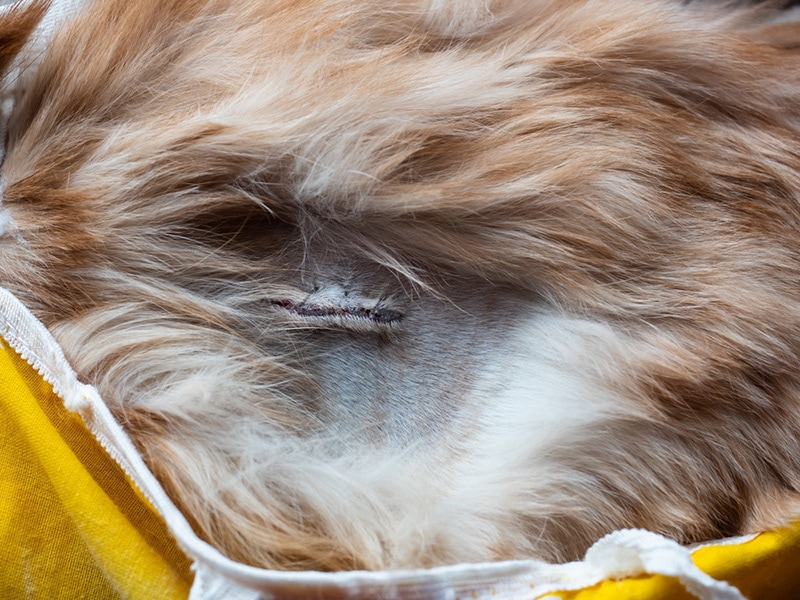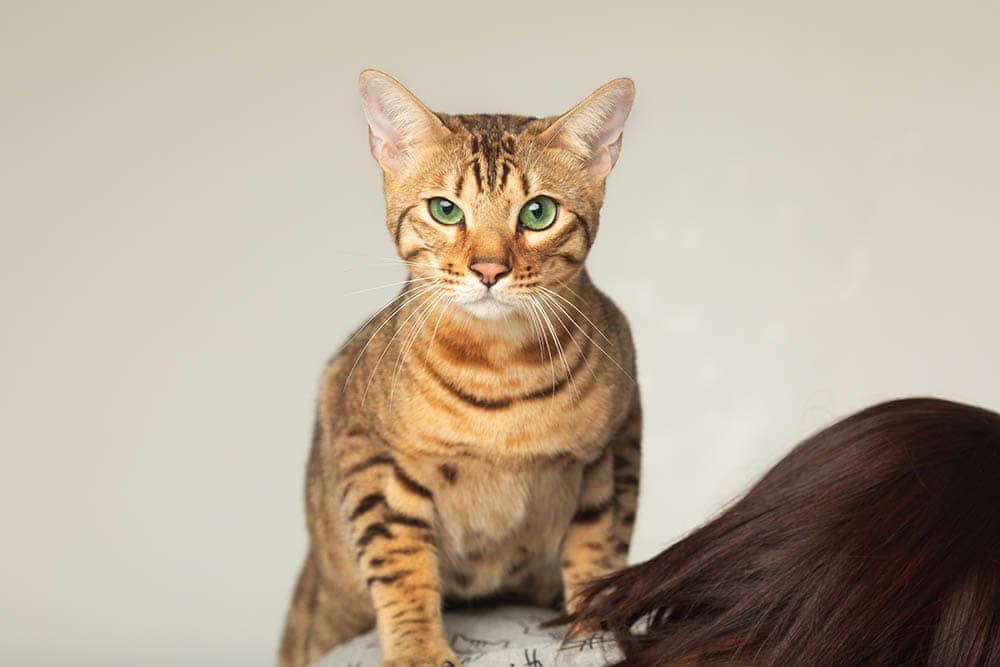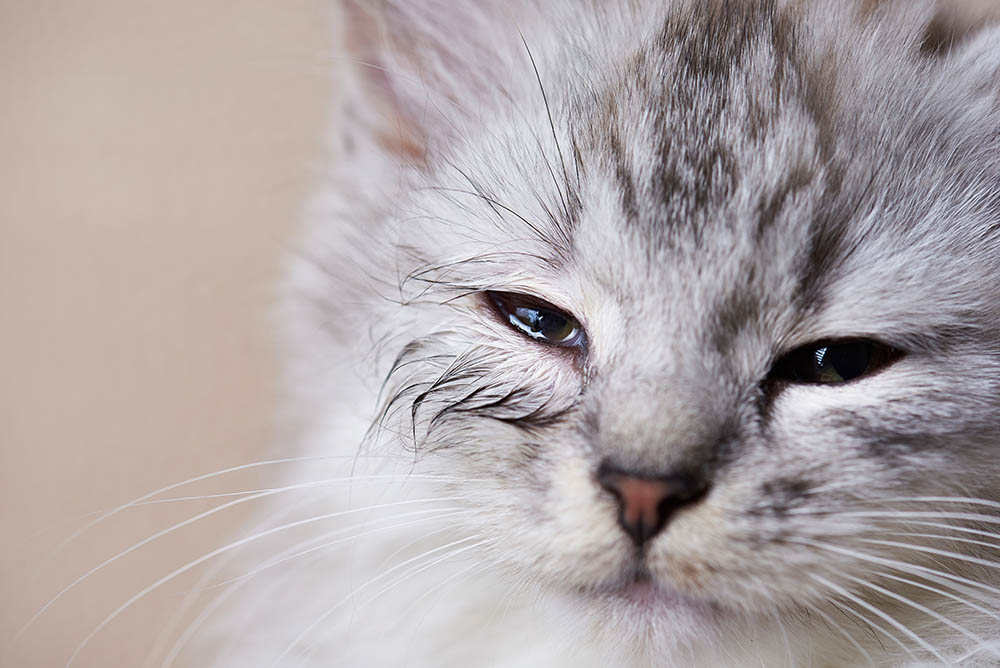Are Calico Cats Rare? Here’s What Science Says
By Adam Mann
Updated on
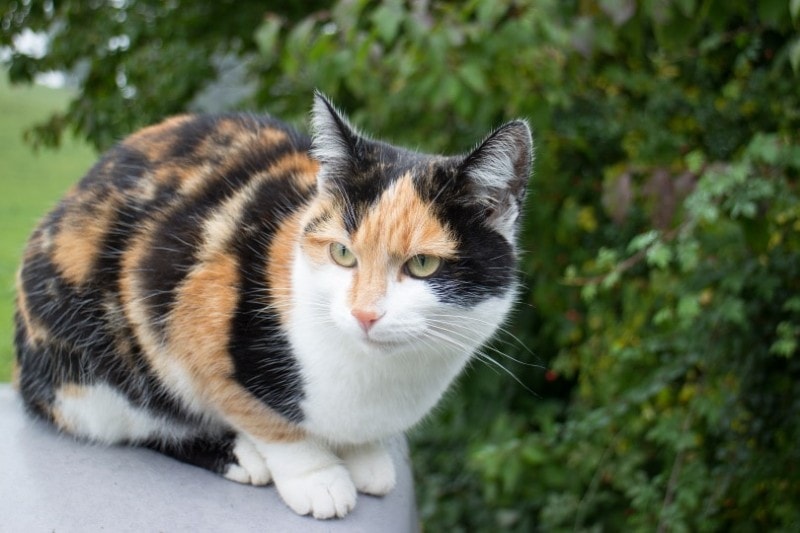
If you just love the way calico cats look, you’re not alone. But if you’re looking to get one, the truth is that they’re not always the easiest to track down. That’s because calico cats are pretty rare, and it’s notoriously difficult to breed for them.
But what exactly is a calico cat, why are they so rare, and why is it pretty much impossible to find a male calico cat? We’ll answer all those questions and more for you here.
What Is a Calico Cat?
Before you can understand just how rare a calico cat is, you need to understand exactly what a calico cat is. Contrary to what many people think, a calico cat isn’t a breed. Rather, it’s a color variation. That means you can find calico cats of many different breeds, which also means they can come in all different sizes and have a wide range of temperaments.
But if it’s not a breed, what is it? A calico cat refers to a tri-colored fur pattern. Most cats don’t have this tri-color pattern, but some do, depending on their genetic makeup. It’s also important to note that a tortoiseshell cat and a calico cat are not the same things.
The most significant difference is that calico cats will typically have a white color in addition to the other two primary colors. In fact, outside of the United States, many people call the calico cat a “tortoiseshell with white.”
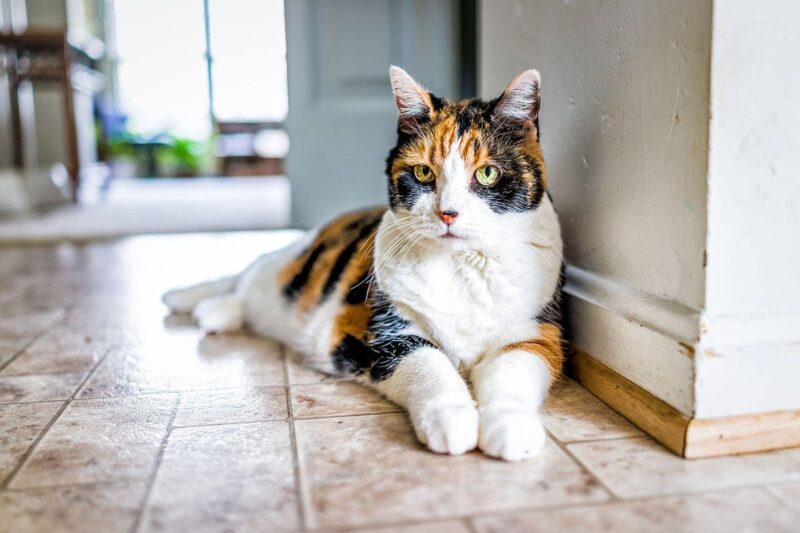
Why Are Calico Cats So Rare?
To understand why calico cats are so rare you need to understand a little bit about the genetics behind a calico cat. Cats get their colors through their genetics, more specifically their X chromosome. This chromosome can carry the genetic code for either orange or black, but not both.
This means that a calico cat needs to get one X chromosome with a color pattern of orange from one parent and an X chromosome with a color pattern of black from the other. It’s not impossible to breed specifically for calico cats, but through random genetic distribution, it’s rarer than other color patterns.
How Rare Is a Male Calico Cat?
Because color is a sex-linked trait in cats, getting a male calico cat is extremely rare. In fact, the only way you can get a male calico cat is if they develop a condition called Klinefelter syndrome. With this syndrome, a cat inherits an extra X chromosome, allowing a male calico cat to inherit both color traits.
However, this condition is extremely rare. The exact occurrence in cats is unknown, but we know it affects between 1 in 500 and 1 in 1,000 male humans. But this is only half the battle in understanding how rare male calico cats are.
Because even if a male cat develops Klinefelter syndrome, they still need to inherit one X chromosome with a black color pattern and one X chromosome with an orange color pattern. Furthermore, cats with Klinefelter syndrome are almost always sterile, and they are more likely to experience a wide range of health issues.
Folklore Around Calico Cats
Because of their rarity, many cultures view calico cats as lucky. The exact lore varies by the country it comes from, and none of it is based in fact, but it’s still interesting to see that calico cats have this moniker from all different parts of the world.
For instance, according to Japanese folklore, a calico cat is a symbol of good fortune, Irish folklore states that a calico cat can cure warts, and all throughout the world, many people call calico cats “money cats” because of the good fortune and luck they supposedly bring to families that adopt them.
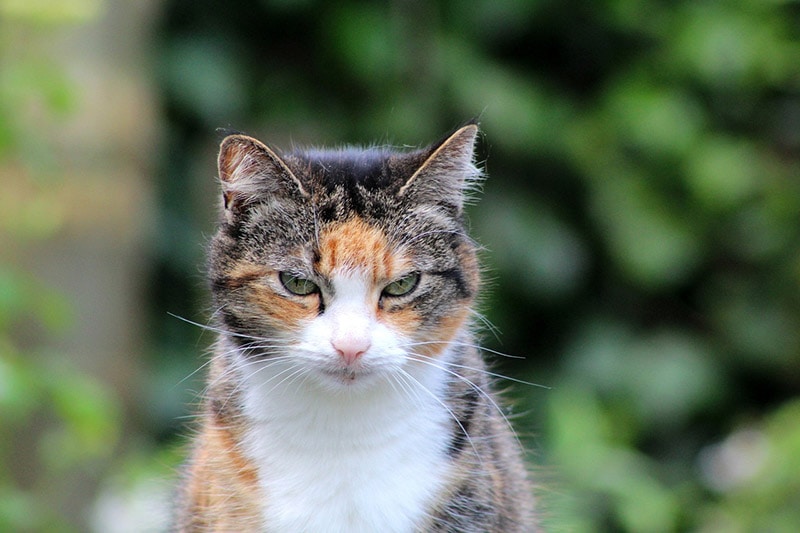
Final Thoughts
While it might be challenging to track down a calico cat, they’re not so rare that it’s impossible. Just know that male calico cats are incredibly rare and typically come with a myriad of health concerns, while female calico cats are just rare and are no more likely to pass on the genetic deformity to male offspring than any other cat!
See Also:
Featured Image Credit: Karen Kaspar, Shutterstock

